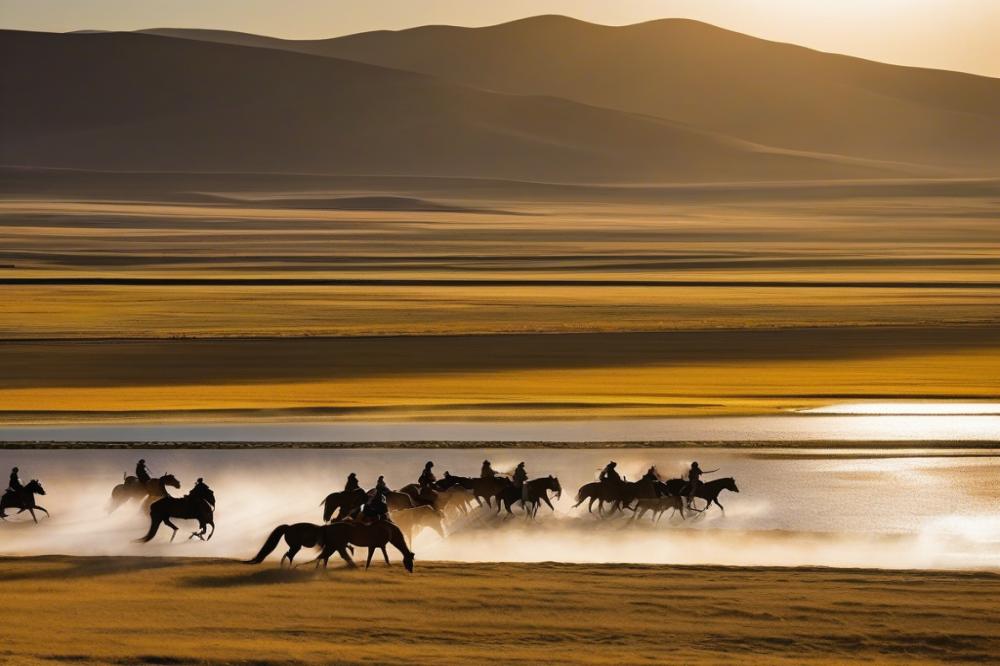horses in the Traditional Herding Practices of Mongolia
Mongolia is known for its vast steppes and rich cultural heritage. Within this expansive landscape, herding plays a central role in the lives of many people. Families migrate with their animals, particularly during the harsh winters and hot summers. This way of life has been passed down through generations, making it an integral part of their identity.
horses hold a special place in Mongolian culture. They are more than just animals used for labor; they symbolize strength, freedom, and independence. Historically, horses enabled herders to cover large distances to find grazing lands for their livestock. The bond between Mongolians and their horses is deep-rooted. From childhood, children learn to ride and care for these animals, which often become lifelong companions.
The aim of this article is to explore the relationship between horses and traditional herding practices in Mongolia. Readers will gain insight into how this connection shapes the daily lives of herders. The unique dynamics of this relationship enrich the cultural landscape of Mongolia. Understanding this bond reveals the importance of horses in a world where nature and tradition intersect.
Mongolian herding
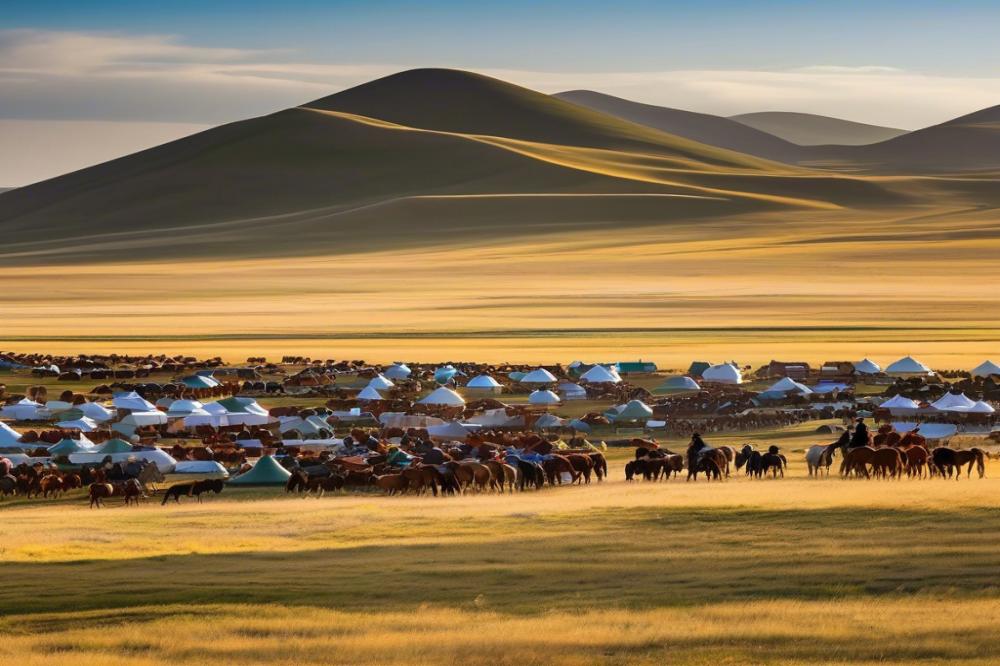
Mongolian herding refers to the practice of raising livestock in the vast steppes of Mongolia. This method of livestock management is crucial for both the economy and culture of the country. It allows nomadic families to thrive in a challenging environment while maintaining their traditional lifestyles. Herding is more than a job; it is a way of life passed down through generations.
The roots of herding in Mongolia date back thousands of years. Historically, the Mongolian people relied on their animals for food, shelter, and transportation. Over time, practices have developed to adapt to changing conditions. As the landscape and climate shifted, herders learned new techniques to care for their animals. Today, many of these age-old practices still exist alongside modern influences.
Horses play an indispensable role in these traditional practices. They are not merely animals but partners in everyday life. Using horses, herders can move more easily across the rugged terrain. This mobility allows families to seek better pastures, especially during harsh winters. Strong and agile, horses also assist in managing the herds.
In a nomadic lifestyle, time is often measured by the seasons and the needs of the animals. It is essential for herders to stay in tune with their environment. Horses facilitate this connection, enabling families to travel and adapt as required. They symbolize freedom and perseverance in a land where survival is always a challenge.
As herders work closely with their livestock, they develop a deep understanding of each animal’s behaviors and needs. This bond is strengthened through daily interactions. Children often learn to ride at a young age, becoming skilled horsemen as they help their families. The skills they gain are significant for maintaining their way of life.
Horses in traditional practices
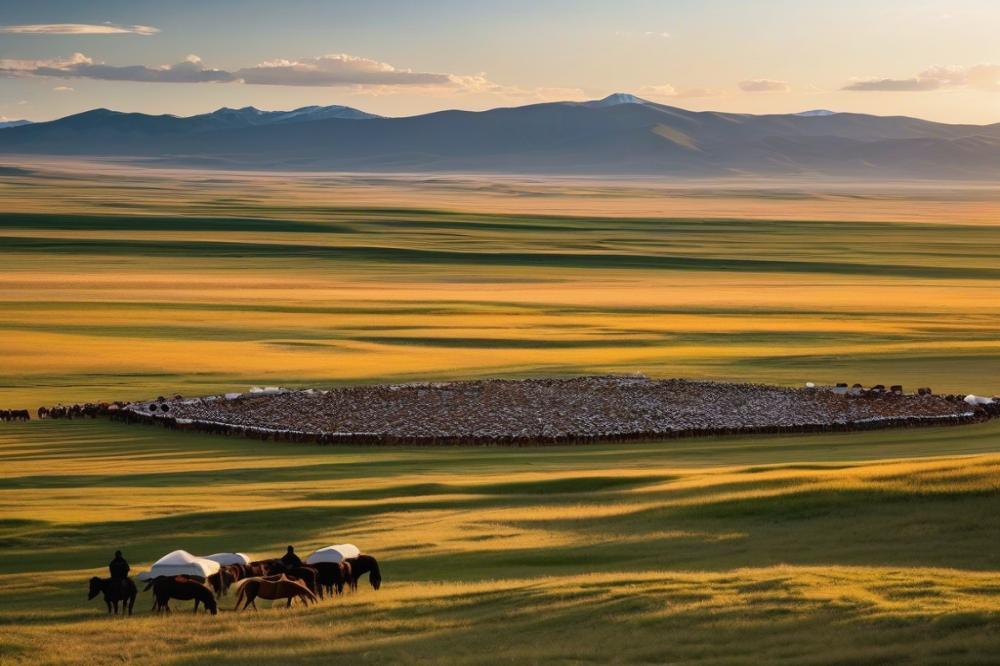
Horses hold a special place in the heart of Mongolian cultural identity. These animals are more than just modes of transport; they symbolize strength and freedom. Since ancient times, horses have played an essential role in the daily lives of the Mongolian people. Their significance extends beyond utility, becoming a part of the rich tapestry of tradition and heritage.
Equestrian skills are a vital asset in the upbringing of young herders. Families often pass down these skills from one generation to the next, creating a strong bond between the horse and its rider. Children learn to mount and ride at an early age. They participate in competitions that showcase their abilities. This practice not only strengthens their connection to horses but also fosters a sense of responsibility and knowledge about their environment.
Various rituals and ceremonies involve horses in Mongolian culture. One such event is the Naadam Festival, where horse racing takes center stage. These races feature young riders, often as young as five or six. Victories in such competitions are celebrated and honor the riders’ families. Additionally, horses play a role in spiritual ceremonies, where they are sometimes honored as sacred beings. Ritualistic practices help preserve ancient customs that are still relevant today.
Stories about horses are often told around the fire. Elders reminisce about their own experiences, captivating younger generations. This oral tradition keeps history alive. These narratives reinforce the bond between people and their horses, emphasizing the respect and admiration for these creatures. The legacy of equestrian excellence continues to thrive within Mongolian culture, showcasing the enduring relationship between man and horse.
Livestock Management and Sustainable Practices
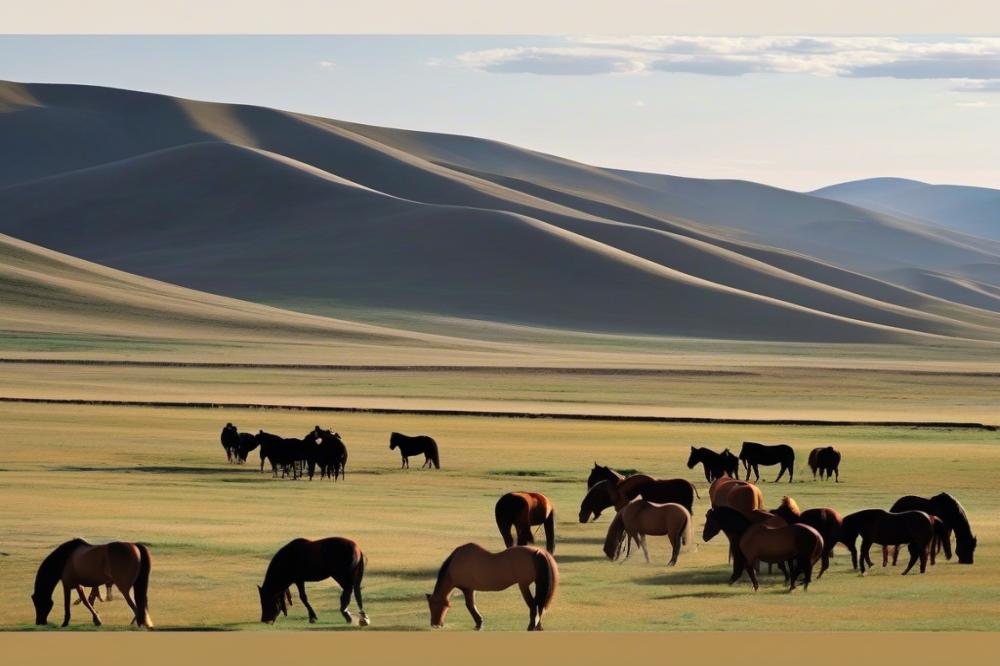
Role of Horses in livestock management
Horses play a vital role in the life of herders. They are not just for riding; these animals help manage large groups of livestock. With a horse, herders can move more rapidly across the vast terrain of the steppes. Strong and dependable, horses can cover significant distances, rounding up sheep, goats, and camels. Their speed allows herders to check on many animals in a short time. This connection forms the backbone of livestock management in the region.
Sustainable Practices in Pastoralism
Sustainable practices are essential for maintaining healthy ecosystems. Herders often practice rotational grazing, allowing pasture to recover. This method helps prevent overgrazing, ensuring grasslands remain productive. Knowledge passed down through generations guides these decisions. Respecting the land means understanding the seasonal needs of both animals and plants. This approach builds resilience against climate challenges. It’s a way to adapt while honoring traditions.
Balancing Animal Husbandry with Environmental Stewardship
Caring for livestock and protecting the environment can go hand in hand. Herders often focus on low-impact methods, using natural resources wisely. Reducing reliance on motor vehicles keeps pollution levels down. The quieter approach aids wildlife and enhances biodiversity. Practicing traditional herding techniques also connects communities to their land. An understanding of the local ecosystem shapes their daily decisions. By balancing needs, herders can safeguard their way of life for future generations.
Herding Techniques and Horse-Riding
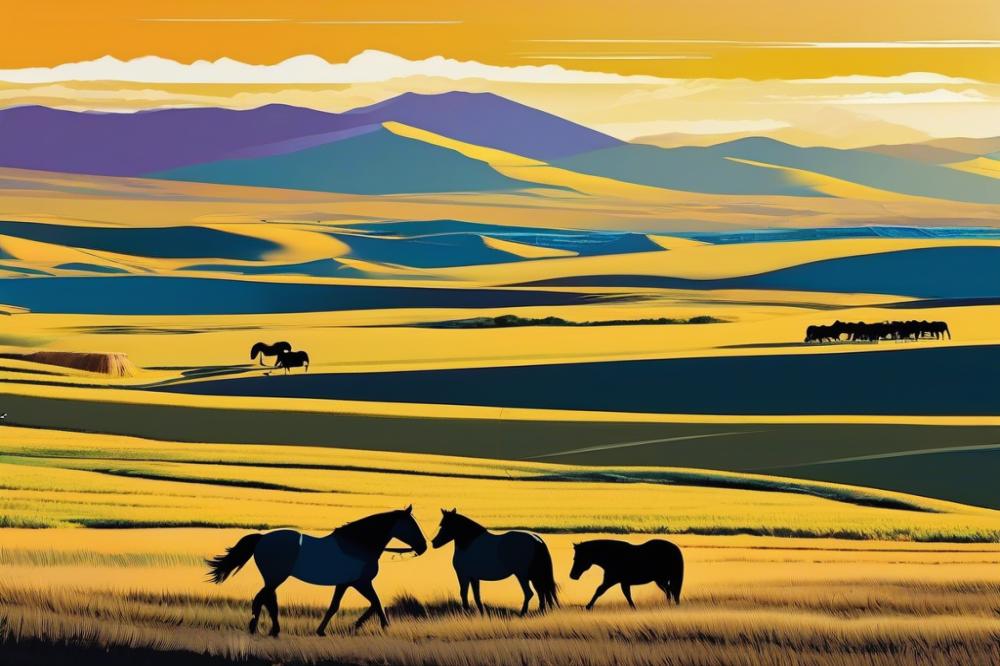
Mongolian herders possess a variety of techniques for managing their livestock. One common practice is known as “herding on horseback.” This style allows herders to cover vast distances quickly. They often use a combination of techniques, such as driving, gathering, and trailing the animals. They guide animals towards specific locations by using local geographical features and natural instincts of the herding species.
Horse-riding skills play a significant role in effective herding. Being able to ride proficiently is essential for quick movements and directional changes. Herders rely on their mounts to navigate through uneven terrain. Strong communication between the rider and horse enhances efficiency in guiding the herd. Trust is developed over time, allowing the herder to issue commands that are easily understood.
Training horses for specific tasks is a critical aspect of the herding culture. Young horses undergo a process that combines both riding and work with livestock. Trainers often start with basic commands incorporated into enjoyable exercises. Horses learn to respond to various cues, making them valuable partners on the open grasslands. Specialized training focuses on herding particular animals, such as sheep or goats. This focus allows the horses to develop skills that are useful in their daily interactions.
Furthermore, herders need to adapt their riding style for different tasks. For instance, rounding up animals requires a different approach than leading them to water. These adjustments ensure that both horse and rider can perform optimally in changing conditions. With every season, flexibility remains vital as herding needs may shift based on the environment.
Impact of Modernization on Traditional Practices
Modernization has significantly influenced herding in Mongolia. Changes in technology and society have altered traditional ways. Many herders find themselves shifting from centuries-old practices to newer methods. Motorbikes and vehicles replace horses for some day-to-day tasks. These changes can make herding more efficient but also less connected to tradition.
Despite these shifts, many communities work hard to preserve their heritage. Festivals celebrating hoisting the traditional Mongolian flag occur yearly. These events allow younger generations to connect with their culture. Traditional skills are taught in schools, helping to pass on knowledge. Even with modern pressures, a strong desire to maintain heritage remains within many families.
Adapting to change presents several challenges for herders. Climate change affects grazing lands, making it harder to find food for animals. Economic pressures also play a role. Many herders now compete with larger farms that use different strategies. This competition can make it tough for small-scale herding families. Balancing tradition with modern challenges is a tightrope walk for many.
Community support proves vital for those facing these challenges. Local organizations often provide resources for struggling families. Many herders rely on each other for advice and help. Sharing experiences strengthens the bonds within the community. Collaboration has become essential in navigating this changing landscape.
Final Thoughts on Horses and Herder Life in Mongolia
Horses play a vital role in the herding lifestyle of Mongolia. These animals are not just means of transportation; they are integral to daily life, culture, and economy. Herder families rely on their strength and endurance for livestock management. Without horses, traditional practices in the vast steppes would be nearly impossible.
Mongolian culture demonstrates remarkable resilience. Throughout centuries of change, the bond between horse and human has flourished. This connection highlights the tenacity of a people who have adapted to their environment while maintaining their unique heritage. Traditions passed down through generations reflect the deep respect for these animals.
Looking ahead, the future of herding and horses in Mongolia faces challenges. Modernization is changing lifestyles, sometimes pushing traditional practices to the side. However, efforts are underway to preserve this way of life. Local communities are working to promote sustainable herding, ensuring that future generations can experience the close relationship between horses and herders. Awareness of their significance can help secure their place in the ever-evolving landscape of Mongolia.
In conclusion, horses remain central to the identity of herders in Mongolia. They symbolize strength, resilience, and connection to the land. As we explore the intersection of tradition and modernity, the enduring spirit of Mongolian culture shines through, showcasing the importance of horses in maintaining this heritage.

